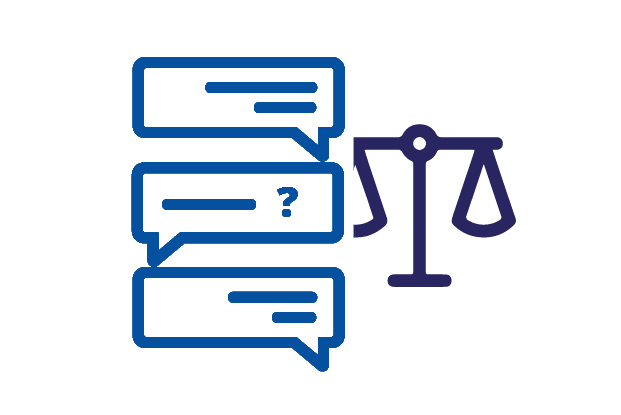Photo by JoshuaWoroniecki from Pixabay
In what setting?
Preventive programs for theft and violence are becoming more pervasive with introduction of low-tech devices across geographies. They rely on social networks: citizens coming together with their neighbours and co-creating with the law enforcement agencies. They can be seen as a new-age community justice service with prevention and sharing of information as the primary objective.
Tanya Sourdin and Jacqueline Meredith, Digital Technology and Justice: Justice Apps, 2021. This book summarises opportunities and challenges for justice apps.








